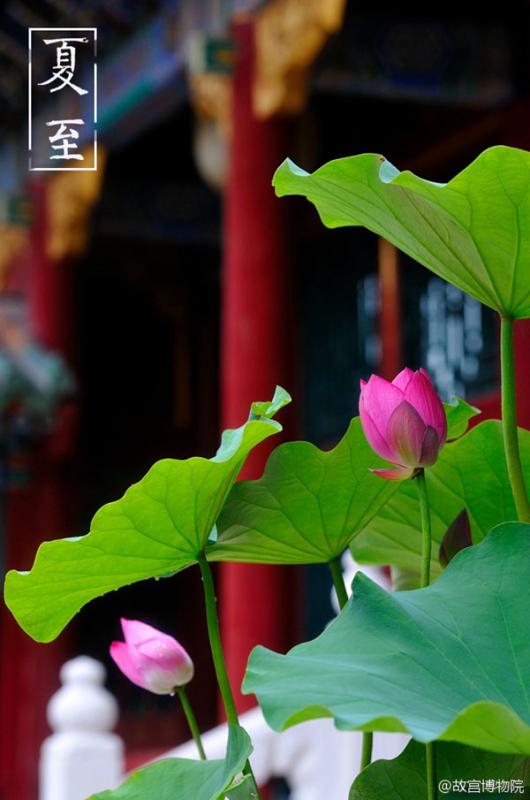Photos reveal beauty of four seasons at Palace Museum(8/20)
2014-12-25 09:54
Chinaculture.org
Web Editor:Li Yan
The summer solstice (Chinese: 夏至) fell on June 21st and ended on July 6 this year. It is the tenth solar terms of the 24 Chinese solar terms, marking the day of the longest daytime and shortest nighttime. Starting the summer solstice, the days begin to draw out. After the summer solstice, temperature rises in north China and there's plenty of sunshine and rainfalls, which is good for the growth of crops. While areas in the middle and lower reaches of the Yangtze River are in rainy season, during which persistent and heavy rains are common. The hottest days of summer begin after the summer solstice. Crops thrive in these hottest days and at the same time, while weeds and pests also grow actively. It's a busy farming season. [Photo by Wang Jin/Palace Museum]
